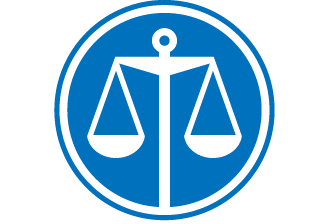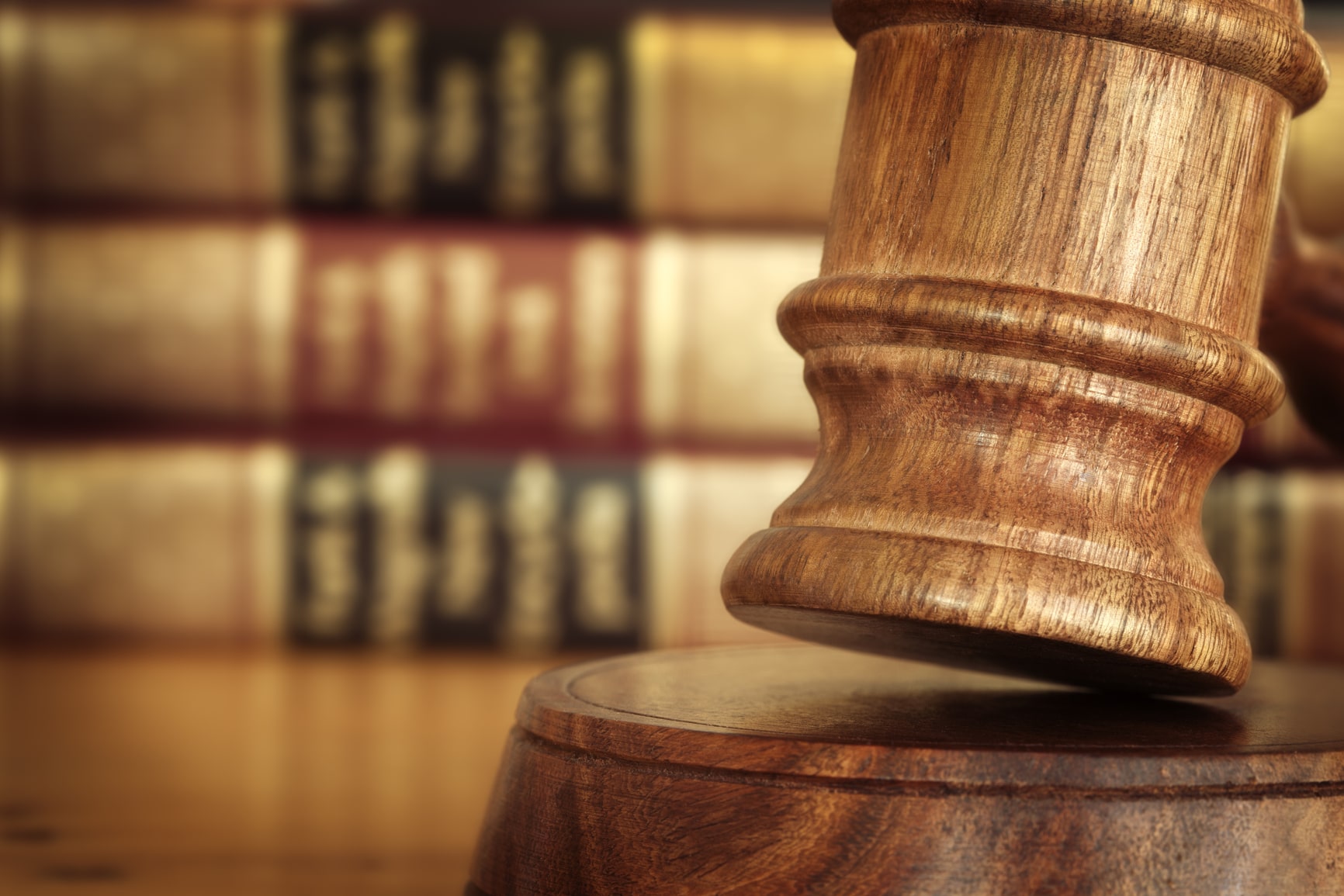The function of the criminal system is to punish individuals who violate local, state, and federal law. The punishment may vary from monetary punishment to death (depending on the state), but the average person recognizes that severe laws that are broken result in the individual being removed from the general public for a specified period of time. Responsibility is clear when the wrongful actor directly initiates and completes the wrongful act. However, criminal liability may also be found when a person is with the person who committed the wrongful act. This is known as complicity, and refers to accomplices, accessor, or aiders-and- abettors being punished for providing assistance to the principal offender.
The Model Penal Code outlines the bounds of complicity in § 2.06. Model Penal Code § 2.06. A person if guilty of his own conduct, the conduct of another person which they are legally accountable for, or both. Model Penal Code § 2.06(1). An individual is legally accountable for another’s conduct when they act “with the kind of culpability that is sufficient for the commission of the offense,” causing an irresponsible person to engage in that conduct, when made accountable for the conduct, or when they are an accomplice of another in the commission of the crime.
Model Penal Code § 2.06(2). A person is considered to be an accomplice when they promote or facilitate the crime by soliciting another person to commit it, aid another person in the planning or committing of the crime, agrees with another person to plan or commit the crime, or fails to prevent the commission of a crime while under a legal duty to do so. Model Penal Code § 2.06(3). If an individual is an accomplice in a crime and the result is an element of the offense, it is sufficient to be considered in the commission of the crime. Model Penal Code § 2.06(4). A person that is legally incapable of committing the crime may be guilty if that person is legally accountable for the conduct of the wrongful actor. Model Penal Code § 2.06(5).
The Model Penal Code lists three ways in which a person is not an accomplice to the conduct committed by another person. . Model Penal Code § 2.06(6). They are the following: if the person is a victim of the offense, if the conduct of the person is “inevitably innocent” to the commission of the crime, or if the would-be accomplice terminates his complicity prior to the crime. Model Penal Code § 2.06(6)(a)-(c). A way that an individual terminates his complicity is if he “wholly deprives the effectiveness” of the crime. Model Penal Code § 2.06(6)(c)(i). Another way the individual terminates his complicity is if the individual gives “timely warning” to a law enforcement agency or authority, or that individual “makes a proper effort” to prevent the crime. Model Penal Code § 2.06(6)(i). Lastly, an individual that is determined to be an accomplish to a crime may be convicted on the proof of the crime without the direct actor have being prosecuted, convicted, convicted of a deference offense, convicted on a difference degree of offense, if the direct wrongful actor has immunity from prosecution or conviction, or if the direct wrongful actor has been acquitted. Model Penal Code § 2.06(7).
Ultimately, an individual may be responsible under a theory of accomplice liability, despite not being the direct wrongful actor in the commission of a crime. The act of aiding, abetting, soliciting, promoting, or facilitating a crime would hold that individual responsible for the commission of the crime as an accomplice.
Thanks to a trial lawyer with our friends at Eglet Adams for their insight on accomplice liability in criminal law.

